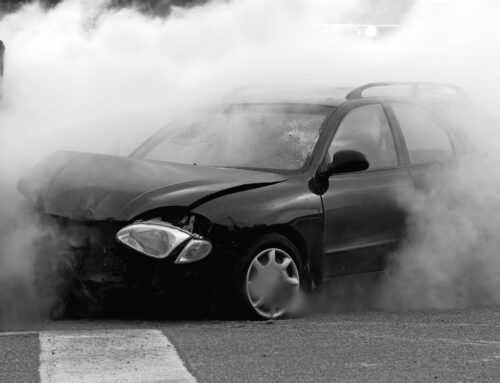Res ipsa loquitur and negligence per se are both variations on traditional negligence claims. The two theories are useful in specific types of cases and are methods a plaintiff can use to help prove that a defendant was negligent.
Res Ipsa Loquitur
In negligence lawsuits, the plaintiff has the burden of proving that the defendant breached a duty of care owed to them. Res ipsa loquitur is a method plaintiffs may use to meet their burden of proof in cases with a specific types of facts. The phrase res ipsa loquitur means “the thing speaks for itself.”
Res ipsa loquitur allows a plaintiff to use circumstantial evidence to prove the defendant’s negligence. A plaintiff who successfully uses the doctrine of res ipsa loquitur with the help of their personal injury lawyer, will typically create a rebuttable presumption that the defendant was negligent and, by showing that the harm they suffered does not ordinarily occur without negligence. The plaintiff must also show that the object that caused the harm was under the defendant’s control and that there are no other plausible explanations for the accident. In other words, the plaintiff needs to show that the only possible explanation for the accident was that someone was negligent.
Res ipsa loquitur differs from the traditional method of proof in personal injury cases because, instead of the plaintiff proving that the defendant behaved negligently, the doctrine of res ipsa loquitur allows a jury to infer negligence simply because the accident occurred.
A res ipsa loquitur claim has three elements that the plaintiff must prove:
- The accident was the type that does not generally occur without negligence
- The accident was caused by an instrumentality that was solely in the defendant’s control
- The plaintiff did not contribute to the cause of the accident
An example of an accident in which res ipsa loquitur would apply is if someone was walking down the street next to a factory and a large barrel of flour fell out of a window and onto their head, injuring them. Res ipsa loquitur would apply because barrels of flour do not just fall out of windows without negligence, and the factory had control of the barrel (i.e. control of its instrumentality).
Negligence Per Se
Negligence per se is used in personal injury cases where the defendant has violated a statute or regulation without an excuse for doing so. A defendant who does this is automatically considered to have breached their duty of care, and therefore to have been negligent. Thus, the plaintiff can use the defendant’s violation of the statute to prove that the defendant was negligent, rather than using the traditional method of proof employed in personal injury cases. The only thing a plaintiff using negligence per se has to prove at trial is that the defendant’s violation of the statute was the cause of their injury.
In order for negligence per se to apply, the statute that the defendant violated must be designed to protect against the type of accident that the defendant caused, and the plaintiff must be the type of person that the statute was designed to protect. Negligence per se is often used when the defendant violates a traffic regulation. In such a case, the defendant is automatically considered negligent for violating the traffic code.




